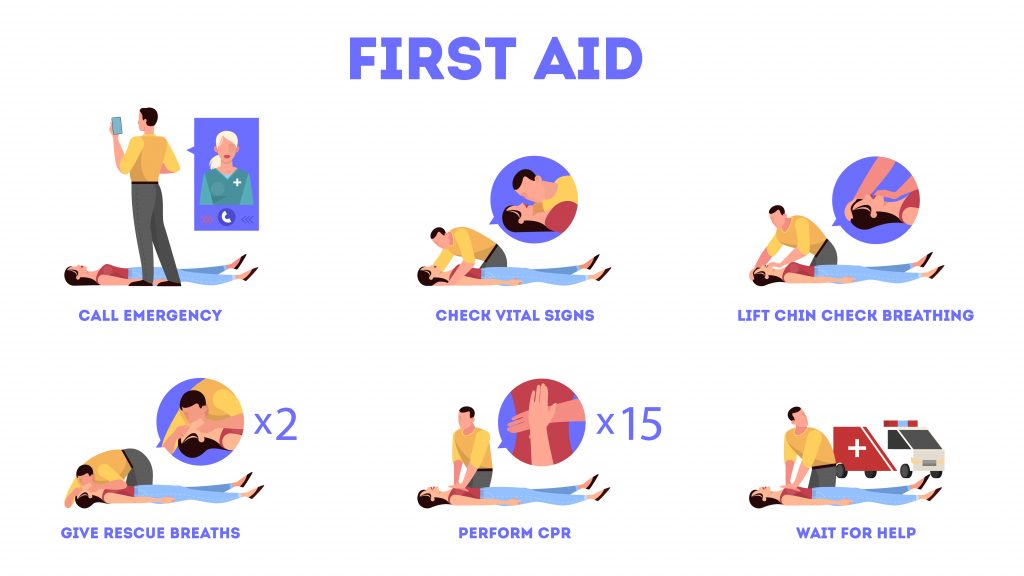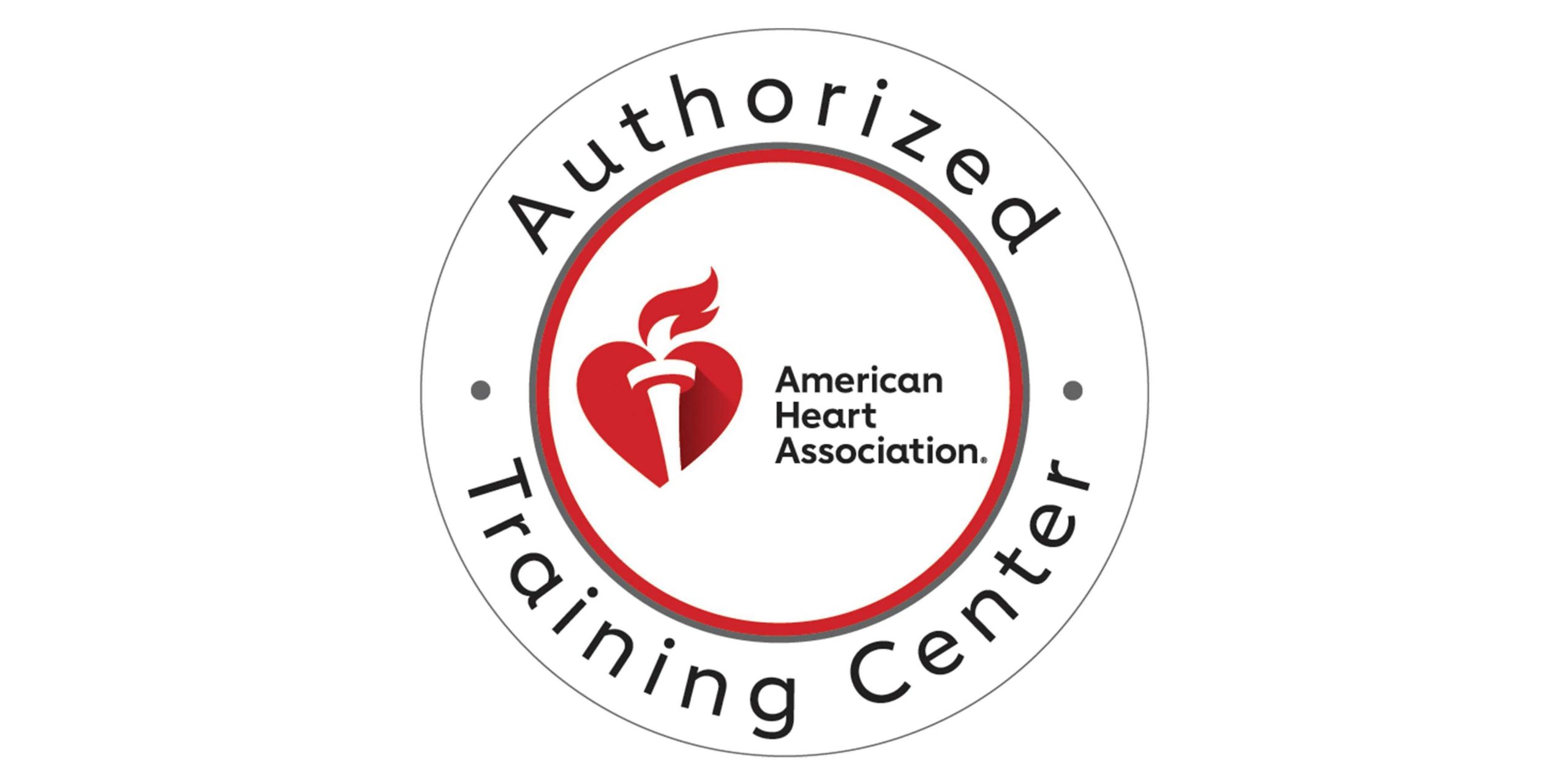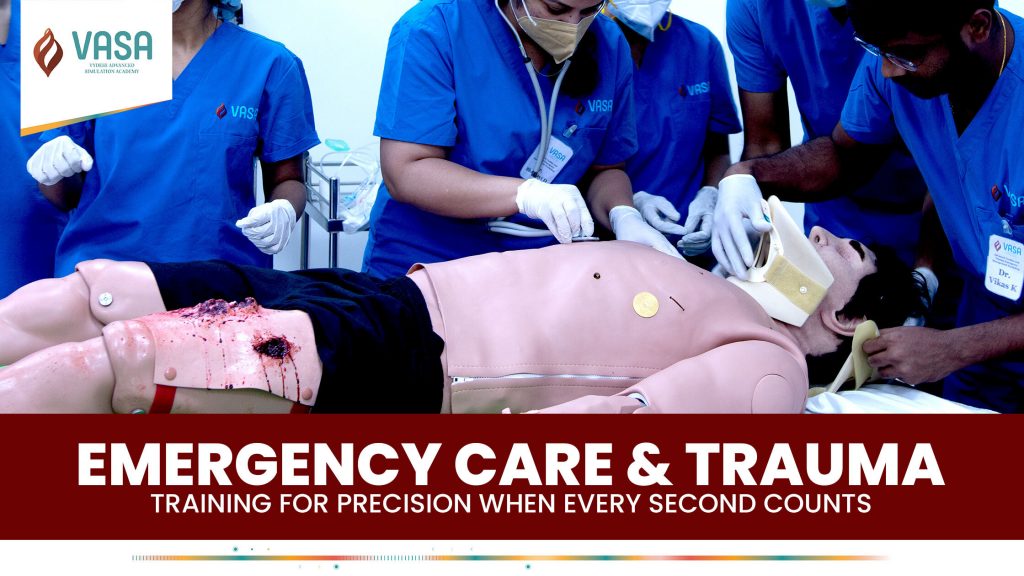When it comes to emergency care & trauma, every second matters. Whether it’s a high-speed accident, cardiac arrest, stroke, or a workplace injury, the right intervention at the right time can make the difference between life and death. With rapid urbanization, rising road traffic accidents, and an aging population, the demand for skilled professionals in emergency and trauma care has never been higher.
What Is Emergency and Trauma Care?
In the simplest terms, emergency and trauma care refers to the immediate medical response given to individuals who have sustained injuries or are suffering from critical health events. These could include physical trauma, such as fractures or internal bleeding, or medical emergencies like seizures, myocardial infarction, or respiratory failure. The care must be swift, systematic, and specialized.
You can explore further on the World Health Organization’s emergency care systems page to understand the global standard in trauma response.

The Protocol for a Trauma Emergency
The protocol for a trauma emergency typically follows the ABCDE approach:
- Airway with cervical spine protection
- Breathing and ventilation
- Circulation with hemorrhage control
- Disability (neurological status)
- Exposure and environmental control
This structured protocol ensures no critical aspect is missed in the golden hour of trauma response.
The Six Phases of Trauma Care Management
- Pre-Hospital Care: Immediate response, CPR, airway stabilization.
- Triage: Prioritizing patients based on the severity.
- Resuscitation: Managing airway, breathing, and circulation.
- Definitive Care: Surgery, medication, or specialized intervention.
- Critical Care: ICU admission and monitoring.
- Rehabilitation: Physical therapy, counseling, long-term recovery.
The six phases of trauma care management highlight that care doesn’t stop after initial stabilization—it’s a comprehensive process.
Emergency Medical Simulation Training: Learning to Save Lives
Modern-day trauma professionals are not only expected to know theory but to also react instinctively under pressure. This is where emergency medical simulation training plays a transformative role.
At facilities like the Vydehi Advanced Simulation Academy (VASA), learners engage in high-fidelity emergency trauma training using augmented reality (AR), virtual reality (VR), and mannequin-based simulations. These simulated scenarios replicate real-life trauma emergencies to build skill, speed, and confidence without putting a real patient at risk.
Emergency Trauma Care Courses: Who Should Take Them?
There is a rising need for healthcare professionals and even lay responders to undergo an emergency trauma care course. These structured programs are ideal for:
- Doctors and nurses
- Paramedics and technicians
- Medical students
- First responders
- Military personnel
Certified programs like the emergency & trauma care training course or emergency trauma care workshop can often be completed in 1–5 days, depending on the depth and format. Many include certification aligned with AHA or WHO guidelines.
Becoming an Emergency and Trauma Care Technician
With the demand for skilled trauma professionals increasing, the career path of an emergency and trauma care technician has become highly valued. These professionals work in emergency rooms, ICUs, ambulances, and disaster zones.
Institutions across India offer specialized emergency trauma care technician training that includes theoretical knowledge, hands-on simulation, and clinical exposure.
You can refer to the Ministry of Health & Family Welfare, Government of India for updates on standard courses and approved skill development programs.
Simulation: The Backbone of Emergency Trauma Training
With increasing complexities in trauma cases, traditional textbook learning is no longer enough. Simulation-based training is a game-changer in medical education. Here’s how:
Benefits of Emergency Trauma Simulation:
- Repetition without Risk: Learners can practice procedures multiple times without harming patients.
- Real-time Feedback: Systems track performance and suggest improvements.
- Team Coordination: Simulations encourage inter-professional learning and communication.
Whether you’re training for emergency trauma care management or improving your resuscitation skills, simulation is key.
India’s Push for Simulation in Trauma Education
With road traffic accidents being a leading cause of death in India, the government is investing in trauma and emergency care training through Skill India and Ayushman Bharat programs. There is now greater focus on building simulation centers, training emergency trauma care professionals, and setting up trauma units in rural and urban areas alike.
Emergency Care of Medical and Traumatic Injury Patients
One of the most challenging aspects in trauma care is dealing with polytrauma cases—patients who suffer from multiple injuries like head trauma, fractures, and internal bleeding simultaneously.
Emergency care of medical and traumatic injury patients requires precision in:
- Airway management
- Spinal immobilization
- Hemorrhage control
- Medication administration
Simulation helps trainees prioritize decisions and follow advanced trauma life support (ATLS) protocols seamlessly.
Why Workshops and Courses Are Essential
Attending an emergency trauma course or emergency trauma training workshop can provide hands-on exposure to:
- Wound packing and hemorrhage control
- Needle decompression and chest tube insertion
- Spinal injury stabilization
- IV access in pediatric and adult patients
- Triage during mass casualty incidents
At Vydehi Advanced Simulation Academy, our emergency trauma care workshops combine global best practices with local healthcare realities, preparing participants to handle the Indian healthcare landscape with confidence.
Conclusion: Training the First Line of Defense
In a world of uncertainty, one certainty remains: medical emergencies can happen anytime, anywhere. That’s why trauma and emergency care training is not just an add-on—it’s a lifesaving imperative. With simulation-based education, virtual training, and certified emergency trauma care courses, we can ensure that healthcare professionals are ready, responsive, and reliable in the face of chaos.




